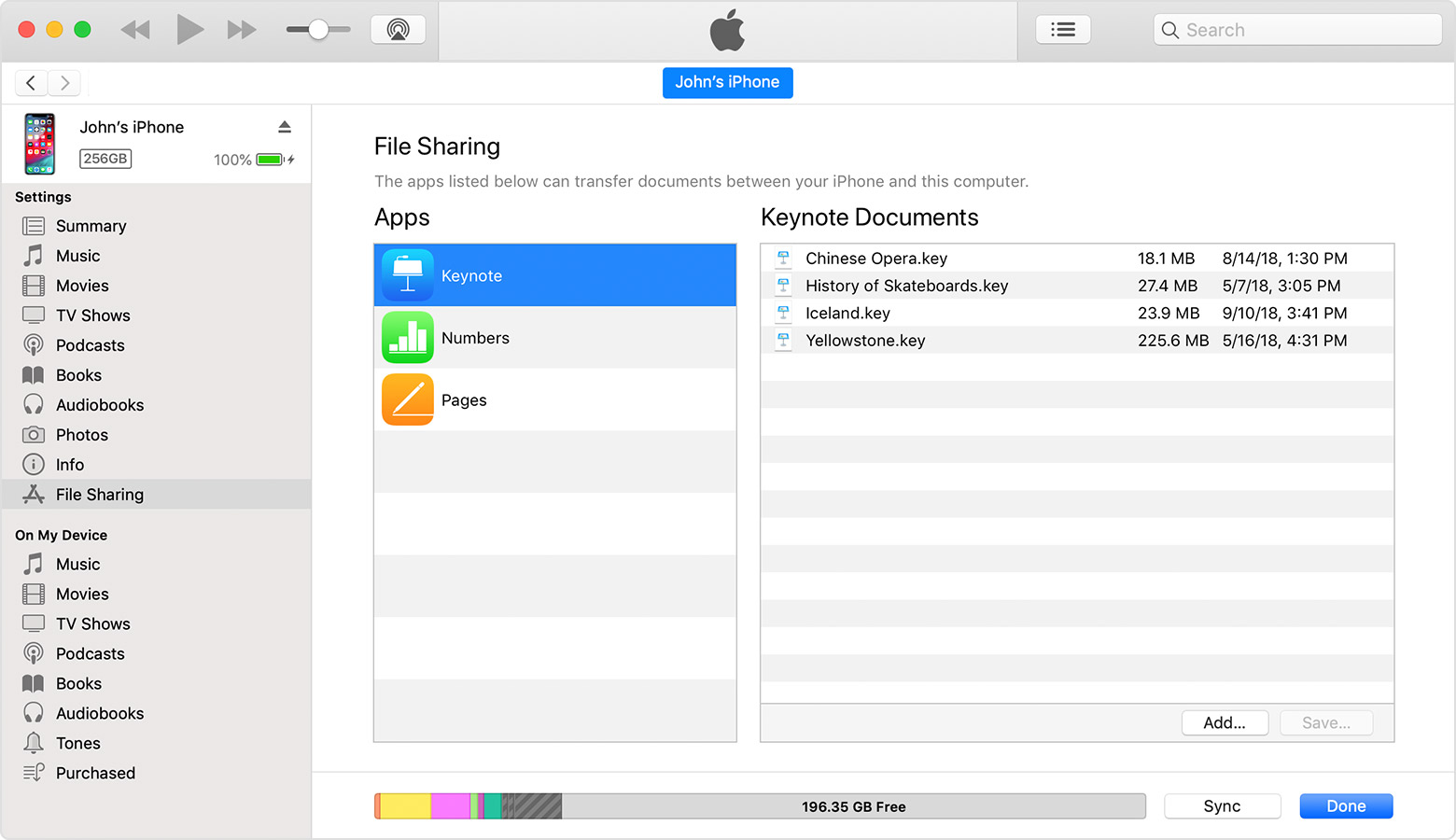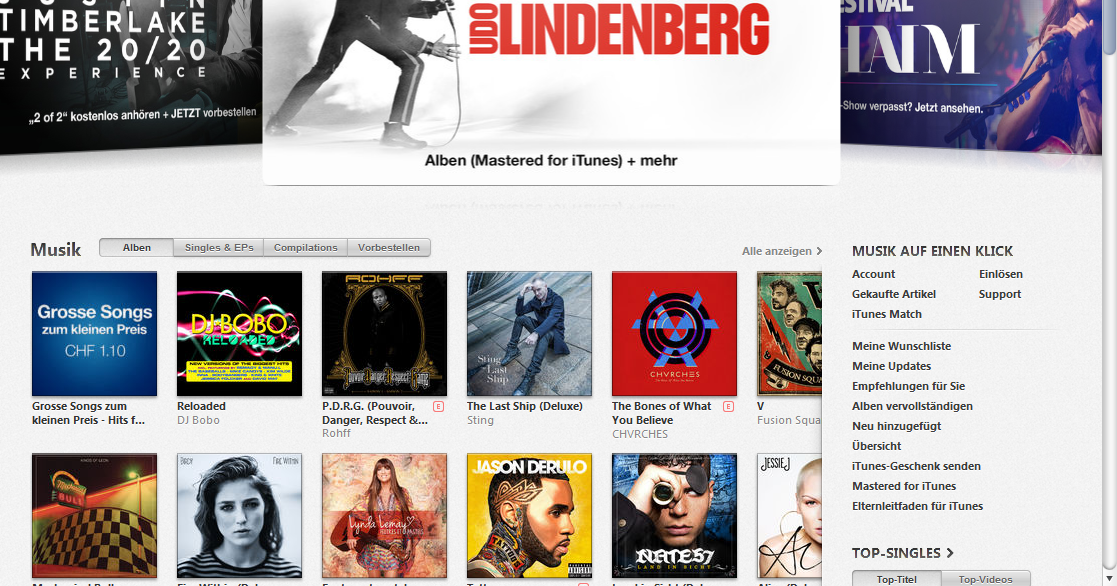
From the menu bar, select Utilities > Terminal to open the Terminal in Recovery modeĥ. Boot your Mac into Recovery mode by holding Cmd + R while it powers onĤ.

In Activity Monitor, double-click iTunesHelper. From the Utilities folder, launch Activity Monitorģ. Go to the Finder, select Applications in the left sidebar, and double-click the Utilities folderĢ. Put simply, you will have blank playlists and an empty music library.ġ. Note that this complete removal will reset iTunes to its default state when it’s reinstalled.

If you’re not a tech-savvy user, skip to the next section, where you can learn how to automatically uninstall iTunes in just a few clicks. This involves manually removing the app itself as well as the libraries, preferences, and other files related to it. If you can't get rid of iTunes with a macOS update, you might be able to completely uninstall iTunes by manually removing files instead. If you are really attached to your current version of macOS, read on for alternative ways to remove iTunes.

Since then, all media content is handled by dedicated apps: Apple Music, Apple TV, Apple Books, and Apple Podcasts. The reason for poor iTunes performance is simple-Apple no longer supports it.Īpple removed iTunes from macOS Catalina.

You’ve been doing it for years until iTunes started acting up. There’s not much better than playing your favorite tunes on your favorite device.


 0 kommentar(er)
0 kommentar(er)
